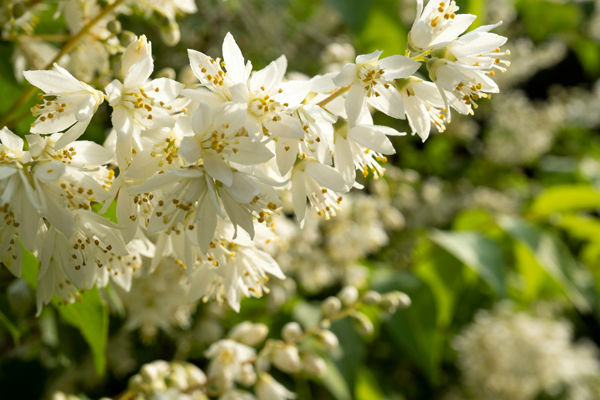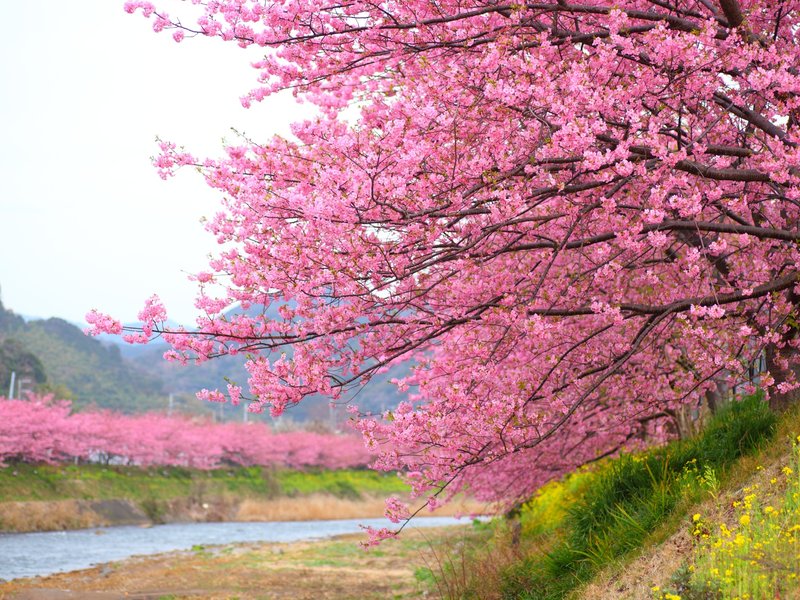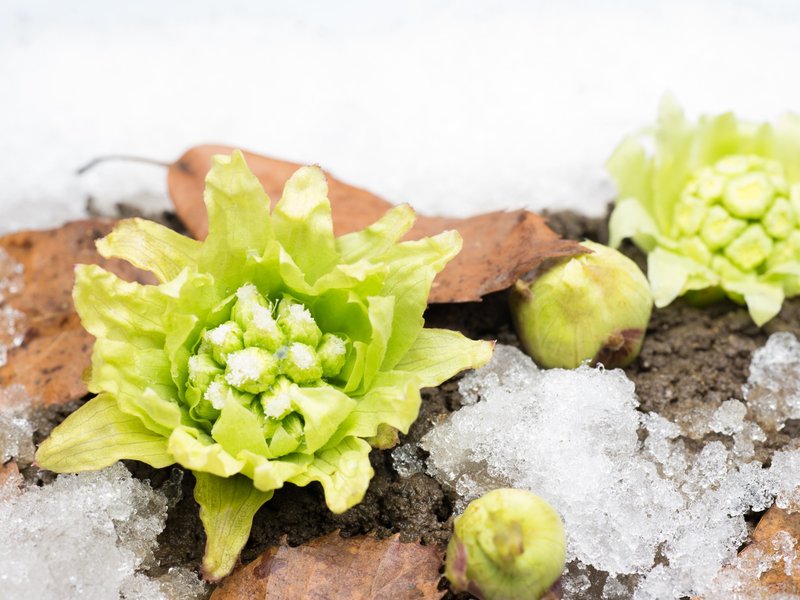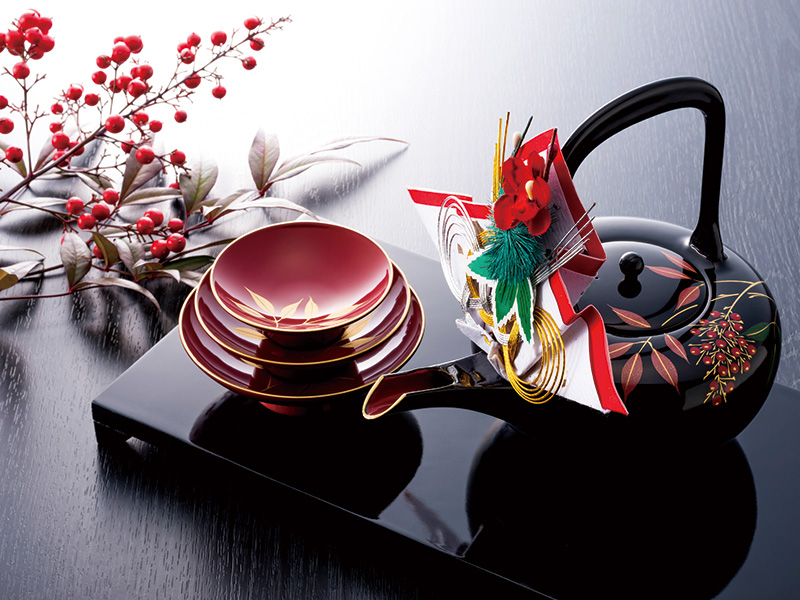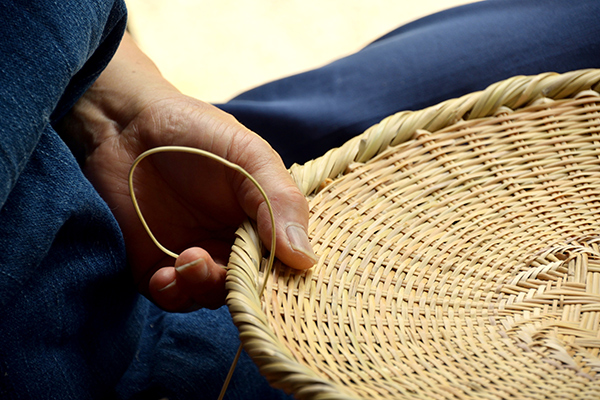As spring spreads its warmth, cherry blossoms dance in the air, and plants and flowers begin to sprout—this is April. This beautiful season has long been affectionately called "Uzuki" by the Japanese. In this article, we will introduce the meaning and origin of Uzuki, its connection to classical literature, and how it is incorporated into nature, culture, and daily life, allowing you to feel the richness of spring.
1. What is Uzuki? The Meaning and Origin of April's Traditional Month Name
▶ Is the Name Derived from the Deutzia Flower?
There are various theories about the origin of Uzuki, but the most widely accepted one is that it is derived from the "Deutzia" (Utsugi) flower. The Deutzia blooms with small white flowers and can be seen in rural areas from late April to early summer. Despite its quiet and modest appearance, it has resonated with the Japanese sensibility since ancient times.
▶ The Spring Meaning of
The character "卯" (u) also means "to open." This aligns with the image of plants and flowers sprouting all at once in spring. Thus, the word Uzuki embodies the breath of the season when spring truly begins, and the life of nature starts to move.
Deutzia Uzuki
Deutzia Uzuki, the season of sprouting
Differences Between Uzuki in the Old and New Calendars
▶ Was the Original Uzuki in May?
"Uzuki" originally referred to April in the old lunar calendar, which corresponds to early May in the current Gregorian calendar. Therefore, the original Uzuki had a seasonal feeling closer to early summer.
▶ Understanding the Discrepancy Between the Calendar and Nature
Nowadays, it is common to call April in the new calendar Uzuki, but due to the discrepancy with the old calendar, there are slight differences in the actual climate and the timing of plants. Traditional month names were born from a sensibility that reflects the rhythm of nature. Knowing this background deepens our understanding of the seasons.
3. Spring Scenes in the History and Literature of Uzuki
▶ The Scenery of Deutzia Flowers in the Manyoshu
In the Manyoshu, the following poem by Otomo no Yakamochi is well known:
"Deutzia flowers, their fragrance mingling, spring rain pours on sleeves."
This delicate spring scene depicts the spring rain falling on the white Deutzia flowers, soaking the sleeves and transferring their fragrance.
▶ Court Events and Spring Elegance in The Tale of Genji
Text (Normal)
In the Heian period literature "The Tale of Genji," court events and blooming flowers in the gardens during Uzuki are beautifully described. The scenes of nobles admiring the changing seasons convey that Uzuki was a special time of year.
4. Enjoying the Nature and Seasonal Traditions of Uzuki
▶ The Afterglow of Cherry Blossoms and the Relay of Flowers
When cherry blossoms reach full bloom and their petals dance in the wind, signaling the arrival of spring. As the cherry blossoms fall, wisteria, tulips, and rapeseed flowers come into full bloom one after another, passing the baton of spring in vibrant colors.
Wisteria
Tulips
▶ The Long Rain of Uzuki Nurtures Fresh Greenery
During this season, the gentle spring rain known as "Uzuki's long rain" begins to fall. This rain quietly nourishes flowers and trees, promoting the growth of fresh greenery. It is part of the great cycle of nature, a landscape unique to Japan with its four seasons.
5. Uzuki and the Culture of New Beginnings
▶ Memories of Entrance Ceremonies and Joining Ceremonies
April is the month when the new school year begins in Japan. Entrance ceremonies and joining ceremonies are held nationwide, and under the full bloom of cherry blossoms, new lives begin. The sight of new students with their school bags and hopeful new employees symbolizes the "human seasonal tradition" of Uzuki.
Entrance ceremonies and joining ceremonies are held in Japan
New students with school bags
▶ Taking the First Step with Cherry Blossoms
Amidst the fluttering cherry blossom petals, people exchange greetings like "Congratulations" and "Nice to meet you." In Uzuki, there is an air of hope as new relationships between people begin.
6. Spring Flavors and Life in Uzuki
Spring ingredients are the very blessings of Uzuki.
• Bamboo shoots: Fragrant bamboo shoot rice and simmered young bamboo.
• Wild vegetables (fukinoto, kogomi, tara no me, etc.): Enjoy the bitterness of spring, awakening the body.
• Spring cabbage, Spanish mackerel, new potatoes: Soft and fresh spring vegetables and fish.
Bamboo shoots
Wild vegetable kogomi
▶ Incorporating Spring into Daily Life
In addition to enjoying dishes made with seasonal ingredients, you can invite nature into your life by decorating with flowers or growing plants on your balcony. Small daily efforts bring the colors of the season to your heart.
7. Conclusion | The Richness of Spring Taught by Uzuki
The traditional month name Uzuki embodies the "power of beginnings" as spring deepens and nature and human life start to move. By understanding its meaning, background, literature, and seasonal traditions, the depth of April becomes apparent. Feeling nature, savoring culture, and incorporating the blessings of spring into daily life—Uzuki gently teaches us how to spend such thoughtful time.
● Introducing April in Japan Through Photos
Flowers and plants seen in April: Freesia Flowers
Dogwood
Wild vegetable picking becomes popular
Uguisu mochi: A Japanese sweet resembling a nightingale with red bean paste inside


